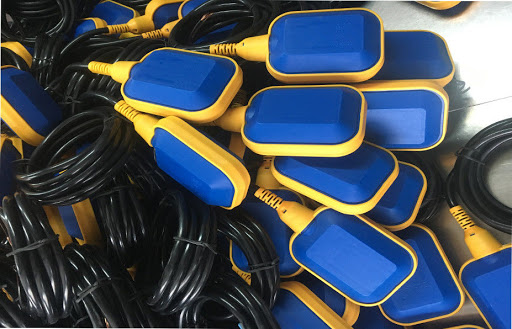Did you ever wonder what exactly controls a pump or valve that monitors liquid levels? It’s easy to overlook the function and necessity of simple items like float switches, but they play a key role in allowing these devices to work.
What Is a Float Switch?
A float switch is used to detect the level of liquid in a container. They are adjustable and consist of a floating part that rests on the surface of the liquid, which is attached to a rod or other device that will then trigger an action.
A switch, or liquid level sensor is a low-cost way to prevent equipment malfunction and property damage that could result in costly repairs. They come in a variety of plastic or stainless steel constructions and can be used in a vertical or horizontal placement. You can get a simple design or a more sophisticated model with an LED display.
How Is a Float Switch Used?
There are many various applications for a float switch. One of the most common uses is for sump pumps. These types of pumps are often put in a basement that is prone to flooding. When the water level starts to rise, the pump turns on and begins to drain the water from the basement. They are very important to reduce potential damage and keep your home in good condition. A float switch is an integral part of the sump pump. When the water reaches a certain level, the float will rise and trip the switch to start the pump.
Other uses include monitoring temperatures to protect equipment from overheating or freezing, and sounding an alarm when the liquid level of a tank or vessel gets too high or low.
Float switches are actually very common and you’ve probably seen or used one without even realizing it. They are useful devices that perform a simple but vital function.



















